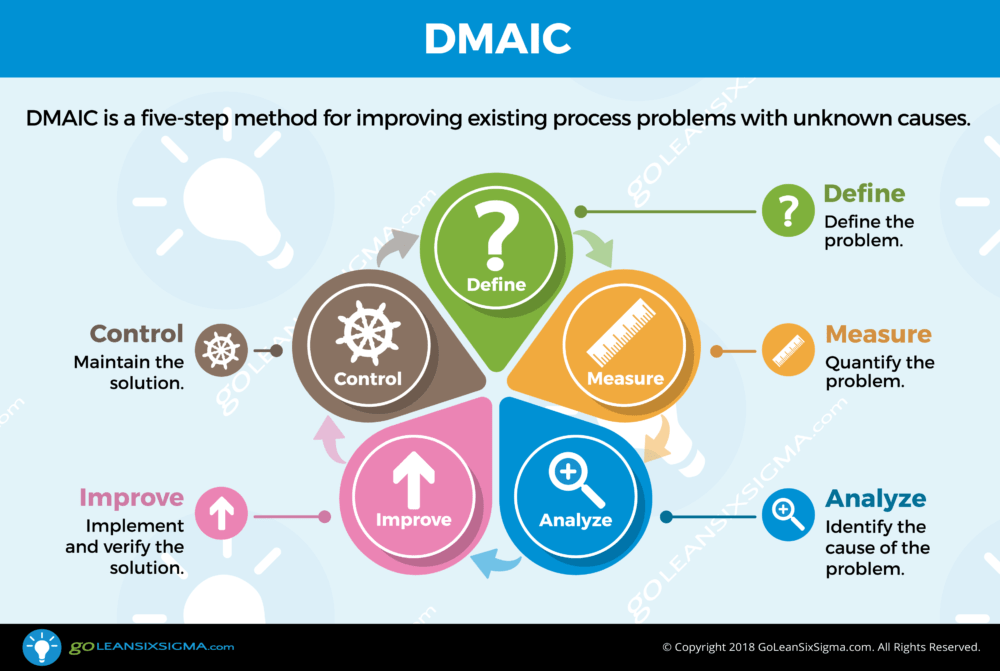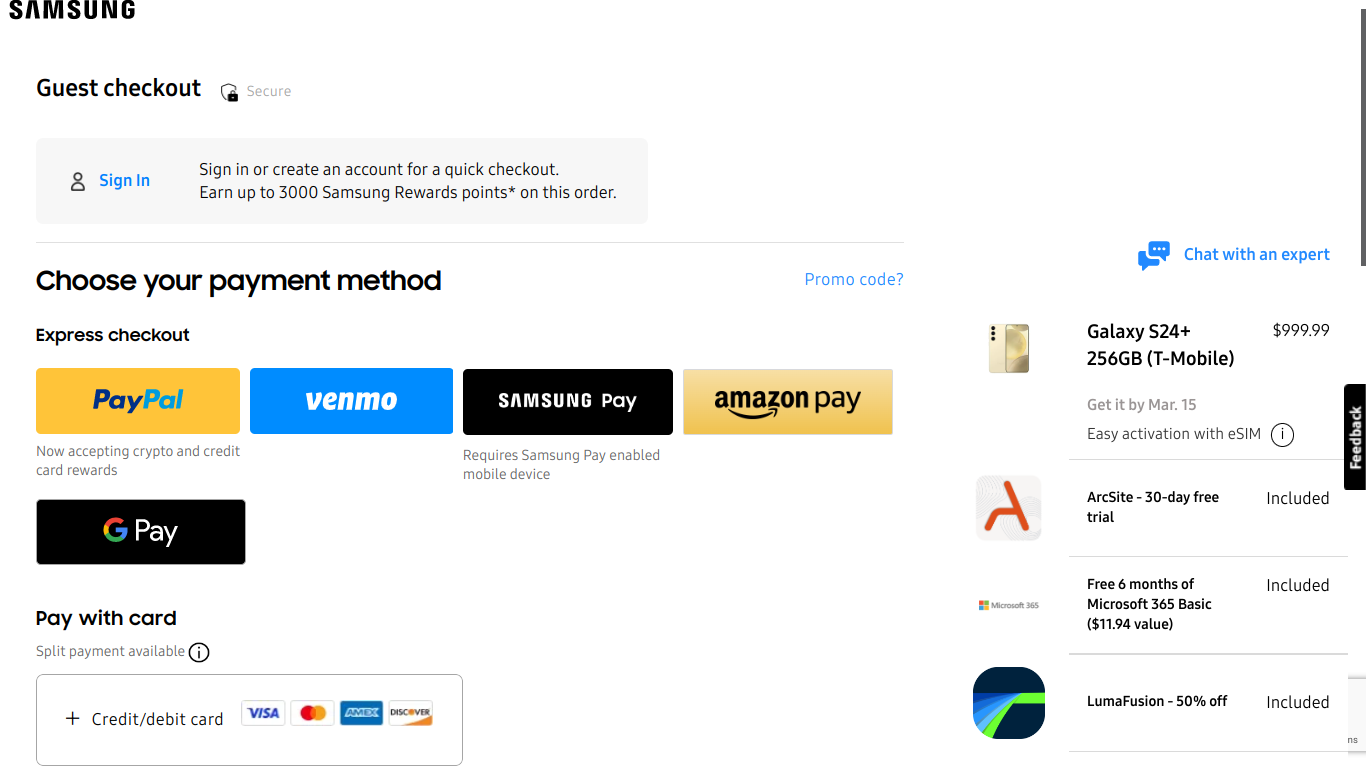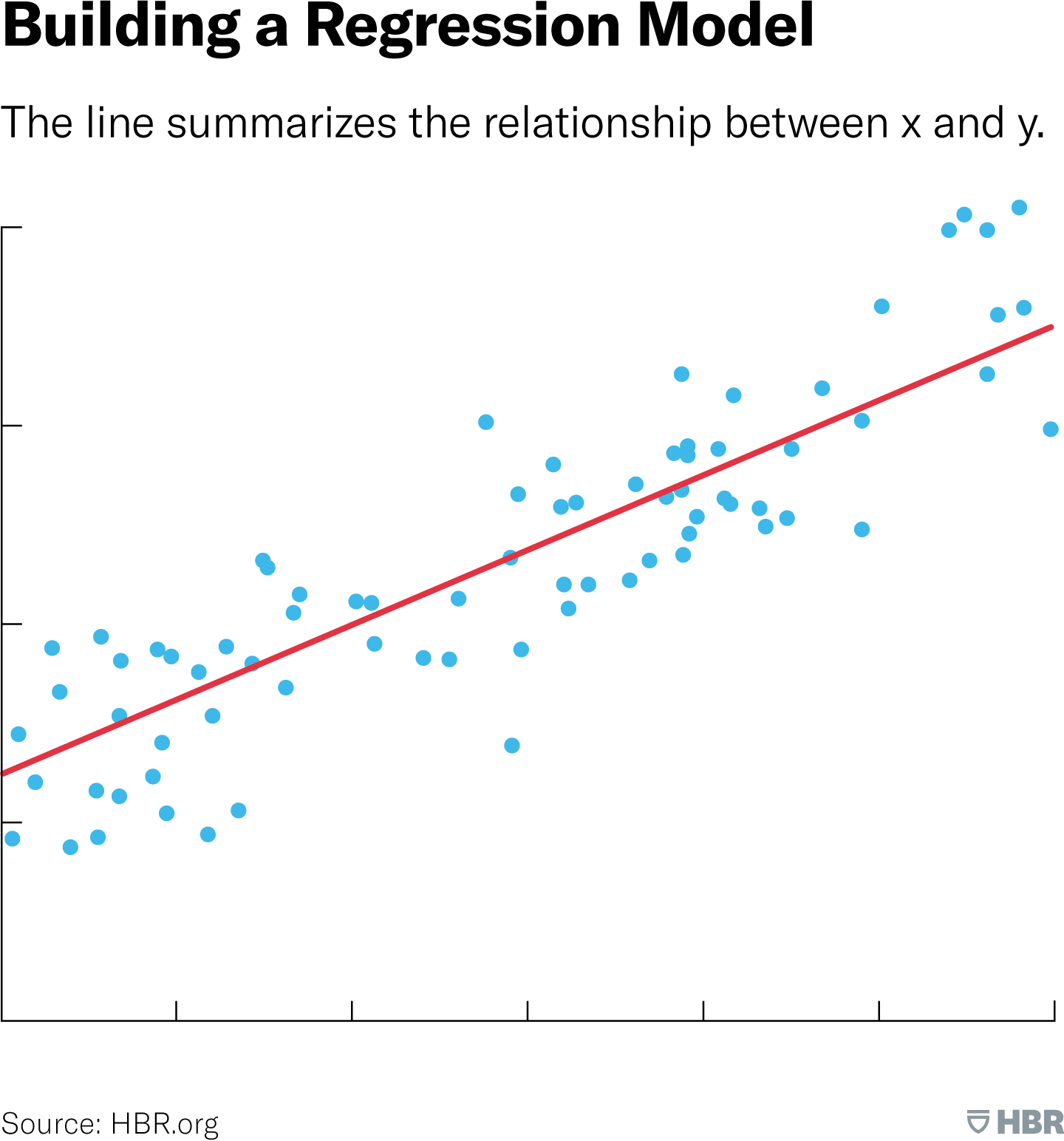Behind every great customer experience (CX) is a happy, satisfied customer. According to Zendesk’s 2023 CX Trends Report, 60% of consumers choose to purchase from a brand over another based on the service they expect to receive
So, it’s no wonder that more and more companies are focused on providing the best customer experience.
Many are using the Six Sigma methodology to make this happen.
This allows them to identify, measure, analyze, improve, and control processes that affect the customer experience.
What Is Six Sigma Methodology?
Six Sigma is a methodology that originated in automotive manufacturing. Companies initially developed it as a quality improvement methodology to reduce mistakes and make the manufacturing process more efficient.
Over time, people realized they could use Six Sigma in various industries beyond manufacturing.
That includes healthcare, finance, telecom, and service sectors like customer experience improvement.
The Six Sigma methodology involves five steps: DMAIC (define, measure, analyze, implement/improve, and control).

Let’s look at an example in action. Consider a men’s clothing brand specializing in a diverse range of suits.

- Define: The first step to Six Sigma methodology is to identify areas of the customer experience that need improvement. Let’s look at an example. Let’s say that StudioSuits has a lot of customers who purchase their men’s seersucker suits and complain about long wait times for alterations, inconsistent styling, or difficulty finding the right style or fit.
- Measure: Next, StudioSuits would gather data to measure how effectively or poorly it performs in these aspects. This could mean tracking metrics like average wait times for alterations, customer satisfaction scores, and return rates due to sizing issues
- Analyze: Using the data, StudioSuits would analyze the root causes of these issues. For example, their alteration process may be inefficient. Maybe there are variations in sizing for different suit styles, which makes it difficult for customers to find their correct size. Also, perhaps there are gaps in customer communication about available styles and sizes.
- Implement: From there, StudioSuits would make changes to improve the customer experience. This might involve improving communication between customers and tailors to streamline the alteration process. The brand could also standardize sizes across all suits. Another opportunity for improvement could be using technology to help customers find the right style and fit more easily.
- Control: StudioSuits would then implement controls to ensure these changes and improvements are sustainable over time. The brand can regularly track key metrics, conduct surveys to get customer feedback, and refine processes based on customer insights for continuous improvement.
How to Measure and Improve Customer Experience Quality Using Six Sigma Methodology
Here are some strategies for using the Six Sigma methodology for optimal customer satisfaction.
1. Focus on the Customer
The customer is the heart of the customer experience.
So, every attempt to improve the CX should focus on your target customers.
To do this, you must understand them, their needs, and what makes them loyal.
And this requires establishing standards of quality. This means you must set the bar for the level of quality of your products or services to satisfy customer expectations.
Imagine you run a tour agency that offers tours of historical sites from World War II. To establish the standard of quality for your tour to the Utah Beach Museum, you’ll need to figure out what makes a tour excellent and memorable for your customers.
After doing research about your customers’ needs, motivations, and pain points, you discover that factors like knowledgeable tour guides, well-planned itineraries, comfortable transportation, and engaging storytelling can help you create a tour to remember.
2. Identify Key Customer Touchpoints
Understanding the customer journey and the different ways customers interact with your business is key to improving CX.
From the first point of contact all the way to the final purchase, the way customers experience your brand can provide insights into potential issues and points of friction they may face.
For example, if you’re an eCommerce brand, an important touchpoint to focus on is the online checkout process.
Using Six Sigma methodology, you start by assessing the effectiveness of your online checkout process.
To do this, you gather data on key metrics, including cart abandonment rates, conversion rates, average order value, and customer feedback.
You might also look at customer reviews and support tickets to identify common pain points or different reasons why customers aren’t satisfied with the checkout process.
This will help you determine the positives and negatives that affect the overall customer experience.
For example, if the data indicates your store has a high cart abandonment rate, you might conduct a root-cause analysis.
So, you look at factors like website usability, page load times, form complexity, payment options, shipping costs, and trust signals.
Here are examples of actions you can take to improve the online checkout process:
- Implement trust signals such as security badges and customer reviews to ease doubts during the checkout process.
- Reduce the number of steps customers need to take to complete a purchase and minimize form fields.
- Show estimated shipping costs before checkout.
- Ensure mobile responsiveness.
- Offer multiple payment options.
- Optimize page load times.
After making these changes, you’ll want to track progress. Use the same metrics as before to monitor the performance of the checkout process over time.
As an example, take a look at Samsung’s online checkout process. Using Guest checkout or Express checkout, customers can easily make a purchase without having to fill out an extensive form.

You can also use Six Sigma to improve other critical customer moments, or “moments of truth”:
- Product discovery and research
- Onboarding and Activation
- Post-purchase support
- Feedback and reviews
- Recurring interactions
- Problem resolution
3. Implement Failure Mode & Effect Analyses (FMEA)
Failure mode and effect analyses (FMEA) are key Six Sigma tools that help you identify potential points of failure within processes or systems.
This will also shed light on the effects this may have on the overall customer experience.
To get started with an FMEA, you must determine the likelihood of failure and how catastrophic a failure could be to your organization. This rating would be on a scale of 1 to 10.
You’d also assign a rating to how detrimental the failure would be to your business. This rating depends on how severe it is, how likely it is to happen, and how likely you are to catch it before it affects the customer.
This helps you determine what to prioritize first.
For example, say that you want to conduct an FMEA for your food delivery service’s order fulfillment process.
You might consider factors such as order accuracy, delivery time, and communication with the customer.
Let’s say that order accuracy has the highest overall score. This means that you’ll want to focus on ensuring order accuracy before focusing on the other factors.
Long delivery times and lack of communication with the customer are more unlikely to happen, so they wouldn’t be your top priorities.
4. Implement Regression Analysis
Regression analysis is a statistical method (read: statistical analysis) that looks at all the variables (independent or dependent) that lead to the final outcome.

For example, maybe you’re a restaurant manager trying to improve the dining experience.
You might look at factors like the speed of service (business processes), the friendliness of your staff (service quality), and the quality and taste of the food (quality control).
Regression analysis helps you see how these factors affect customer satisfaction.
For example, you might find that people who wait longer for their food are likely to be dissatisfied customers.
Or, maybe you discover that customers who interact with friendly staff members have a better experience.
You might also realize that these factors impact each other. For example, consider food quality and wait time. Maybe you conducted a survey, and it found that high-quality food might make customers more willing to wait longer.
On the other hand, if the food quality is poor, customers are less likely to tolerate long wait times.
Follow these steps to conduct a regression analysis:
- Identify the variables you want to study (e.g. how happy customers are) and some factors you think might affect it (e.g. how fast their food is served or how friendly the staff is).
- Gather data on the independent and dependent variables from your dataset.
- Analyze your results by looking for trends and patterns.
- Use what you learned to predict what may happen in the future. If you find that customers are happier when the staff is friendly, you might predict that negative interactions with staff can lead to dissatisfaction.
Examples of Companies That Used Six Sigma to Optimize CX
- Amazon: The eCommerce giant uses Six Sigma in its fulfillment centers and logistics operations to improve efficiency and customer service. Amazon optimized order processing, inventory management, and delivery speed to provide customers with faster and more reliable service.
- Starbucks: The coffeehouse chain uses Six Sigma at its stores to improve CX. Six Sigma methodologies have helped Starbucks streamline the beverage-making process, reduce wait times, and ensure consistent product quality across its global network of stores.
- General Electric (GE): In its healthcare division, GE uses Six Sigma to reduce patient wait times, improve medical device performance, and enhance overall healthcare delivery.
Conclusion
The quality of products isn’t the only driver of business success. You must deliver a stellar customer experience.
Data is the key to an exceptional customer experience. By taking a data-driven approach, you can determine what you’re doing right and what needs to be improved when it comes to CX.
Using Six Sigma is a great strategy for process improvement so that you can consistently deliver experiences that customers love. That’s the ultimate goal, right?
Here’s to your customer loyalty success!



